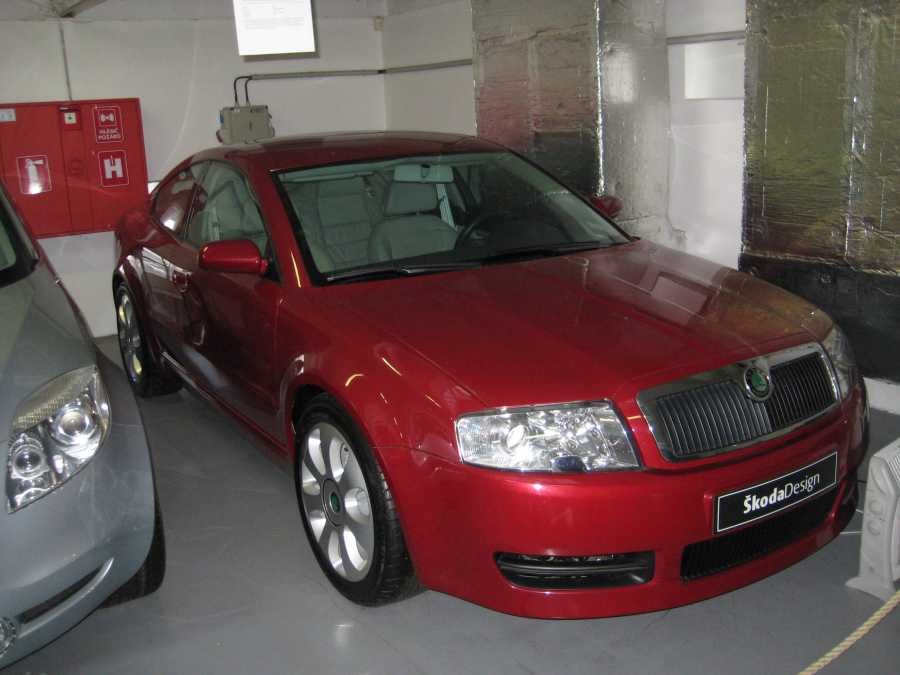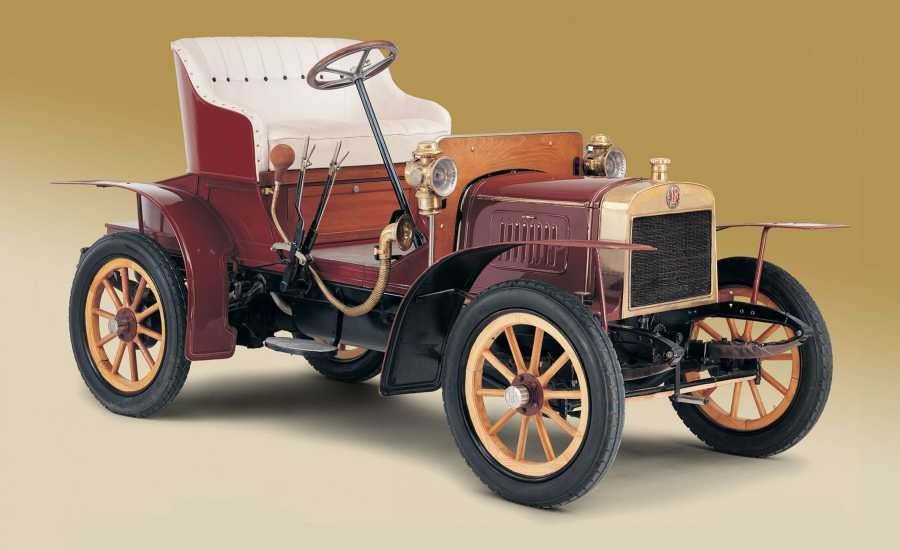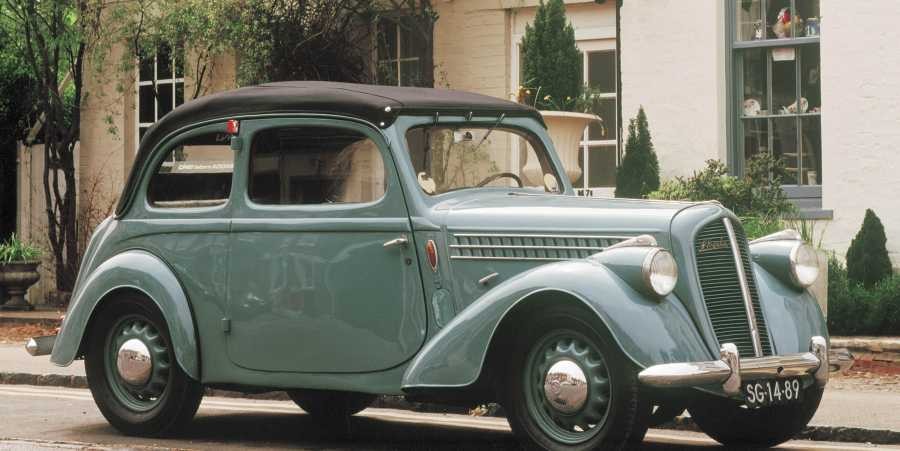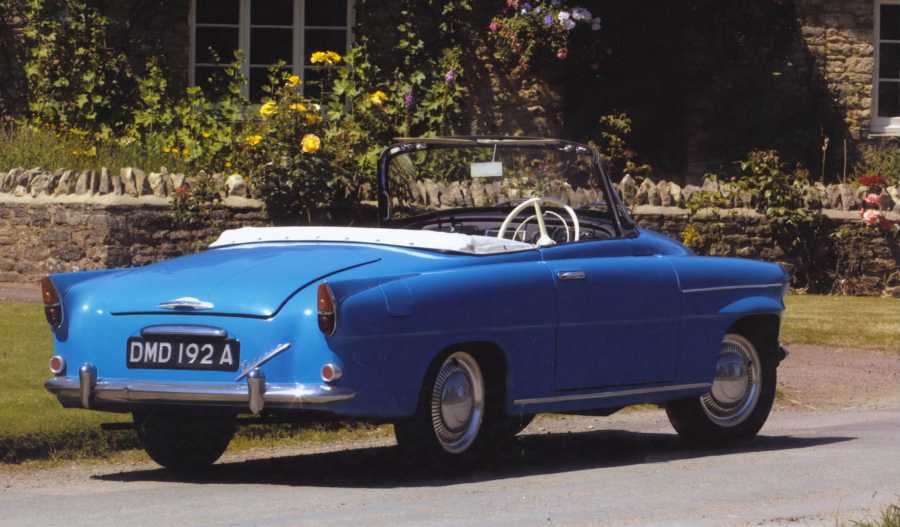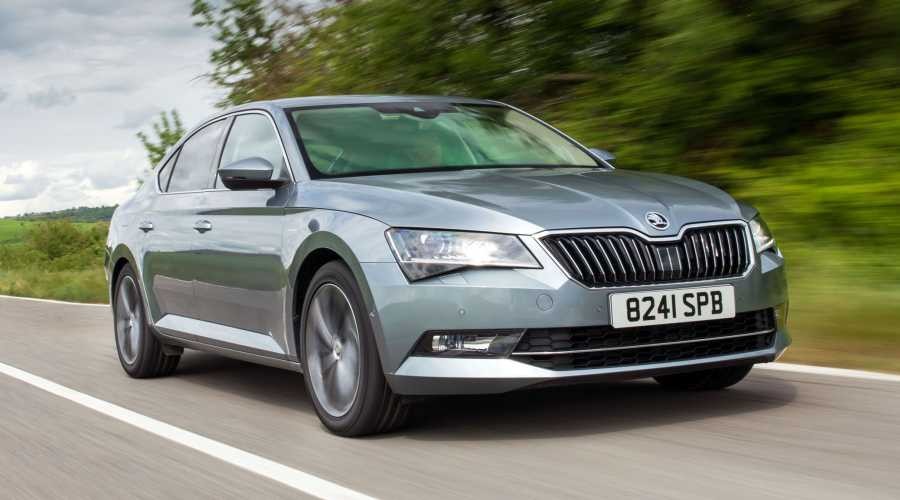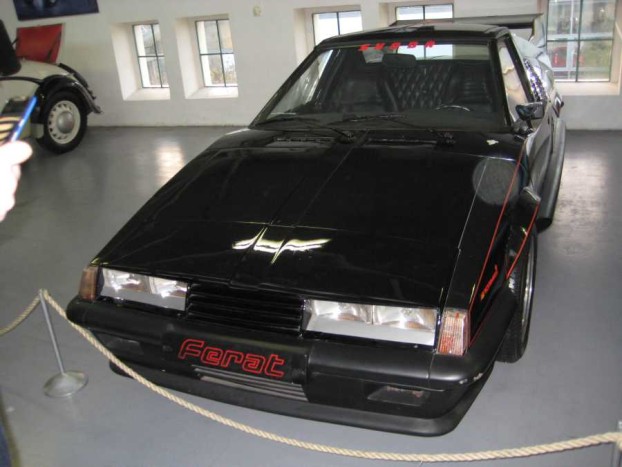
The vibe is one of trepidation as you ease through the looping barred gate and cross a raised forecourt to the shadowy, padlocked building.
Here, a short walk from the Skoda Museum on the outskirts of Prague stands a secure facility for the cars time forgot.
It’s called The Depository – and is rarely open to the public.
It houses 24 vehicles that never made it to production. Some, like a fascinating mix of motor show concepts, almost got there. Others never had a snowball in hell’s chance.
Among them is a model affectionately known as The Bloodsucker, a low slung black coupe that starred in a pair of movies with names as weird as the car itself.
Its debut came in the comical 1977 Czech film Tomorrow I’ll Wake Up And Scald Myself With Tea, to be followed four years later with a star role in sci-fi horror Ferat Vampire about a car that ran on human blood rather than petrol.
The car is a Skoda 110 Super Sport with a fibreglass body plus hinged cabin roof and engine cover panel.
It was originally finished in white, but sprayed black for its performance in sucking blood from women’s feet when they pushed the accelerator pedal.
Less menacing and among the most up-to-date of The Depository’s inmates is a Skoda Tudor, an elegant almost timeless four-seater originally displayed as a concept at the 2002 Geneva Motor Show.
But like the 1206 Sedan aimed at being a delivery vehicle, a pick-up and even an ambulance, and the Favorit from 1938 which was made for diplomatic purposes, it didn’t make it into production.
The main part of Skoda’a musuem, which occupies the Czech manufacturer’s original assembly halls, is just a stone’s throw from the brand’s Mlada Boleslav car plant, which occupies a 2.2sq km site that’s bigger than Monaco and where 20,000 people are employed.
The story of Skoda, currently in the throes of celebrating 120 years, is one of a rise from humble beginnings to becoming among the most respected car makers in the world.
It all began in 1895 when cycling fanatics Vaclav Laurin, a mechanic, and Vaclav Klement, a bookseller, started designing and manufacturing bicycles under the name Slavia.
The bicycles sold well, so the pair moved on to motorbikes – making almost 4,000 of various types – and then to the new phenomenon of the motor car.
During the early 1900s, L and K could do no wrong and their first car, the Voiturette A, was a huge success, becoming a classic in Czech motoring history.
A merger with engineering firm Pizen Skodovka in 1925 saw the name change to Skoda – and the company’s trademark winged arrow logo was born.
A major breakthrough for the brand came with the arrival a lightweight and affordable model the 1934 Skoda Popular, while post-war models such as the 1101 and Octavia helped get the country back on to the road to prosperity.
Even during the 1970s and 80s when difficult trading conditions forced the brand to develop cars on limited budgets, Skoda kept its desire for original design.
The Velvet Revolution of 1989 marked the start of a new era for both the Czech Republic and Skoda, which announced its merger with VW two years later.
It brought both financial security and an engineering renaissance that spawned models like the 1996 Octavia and 2000 Fabia.
Mould-breakers like the Yeti and Superb followed to the point that today, 110 years after the first Voiturette Type A was driven out of the Mláda Boleslav factory gates, Skoda is active in more than 100 international markets and has a seven-model range.
And last year the brand achieved worldwide sales of 1,037,200 vehicles – breaking the 1 million mark for the first time.


